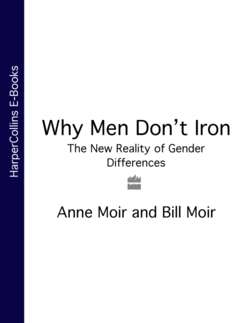Читать книгу Why Men Don’t Iron: The New Reality of Gender Differences - Anne Moir - Страница 16
Men have a speedier gut transit time and greater stool weights than women
ОглавлениеFibre, we are assured, is good for us. Suppose there is a slight down side caused by phytates, so what? Everyone knows that fibre is good. Do they? It was once thought that cereal fibre protected against colonic cancer, but ‘the large majority of studies in humans have found no protective effect of fibre from cereals.’67 Vegetable or fruit fibre might help or, and this seems more likely, it is another, as yet unidentified, ingredient in the vegetables. At least the fruit and vegetables have a low phytate content and so, unlike wheat bran fibre, they will not block the uptake of essential minerals. Increased fibre is tolerable as long as one increases the intake of fruit, vegetables and, yes, meat.68
Fibre is also often recommended for the treatment of irritable bowel syndrome, reportedly the most common disorder of the intestine, which affects up to two in every five adults. The main cause is thought to be stress, and twice as many women as men are affected;69 though food sensitivities, hormones and infections including candida may play a role. The syndrome accounts for half the patients seen by gastroenterologists, who frequently advise their patients to increase their intake of bran fibre. It is of no value. Experiments with three months’ bran therapy resulted in a single conclusion. ‘The beneficial effects of bran are due to a placebo response.’70
Men and women appear to respond differently to wheat bran and vegetable fibre, in regard to both excretion and digestibility. With an identical intake of dietary fibre men tend to excrete more of the fibre than women.71 On similar diets women have much lower stool weights and a slower transit time than men,72 and as the common reason for taking more fibre is to assist bowel movements, the current fashion for more fibre in the diet is seldom as appropriate for men as it is for women.
